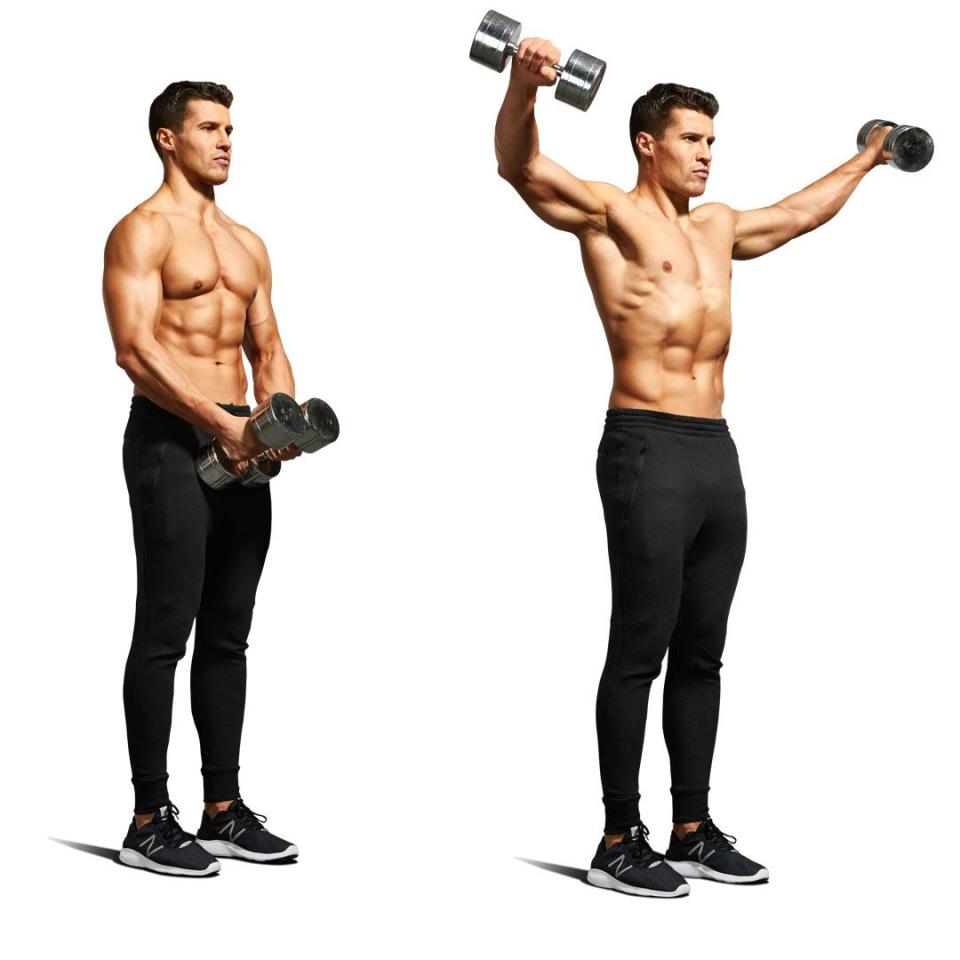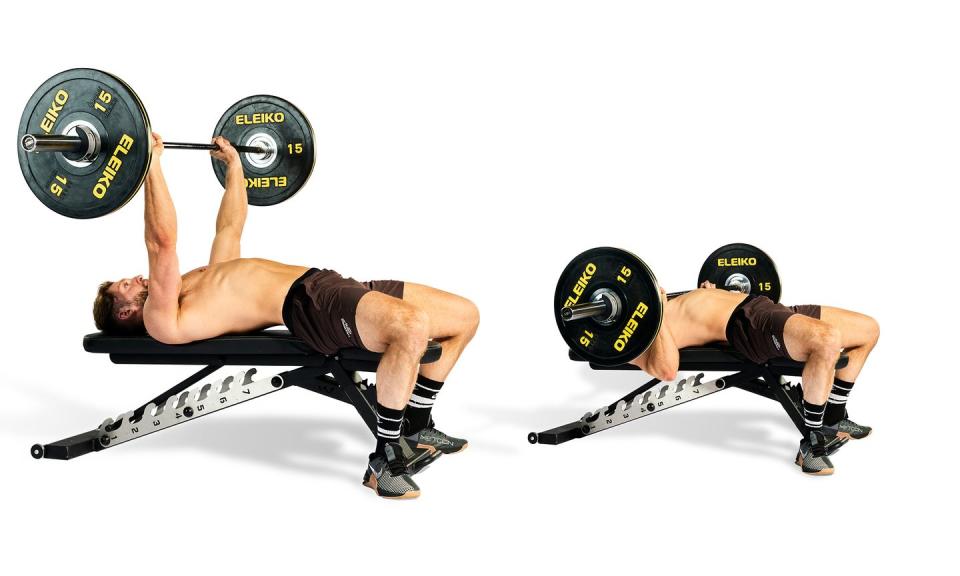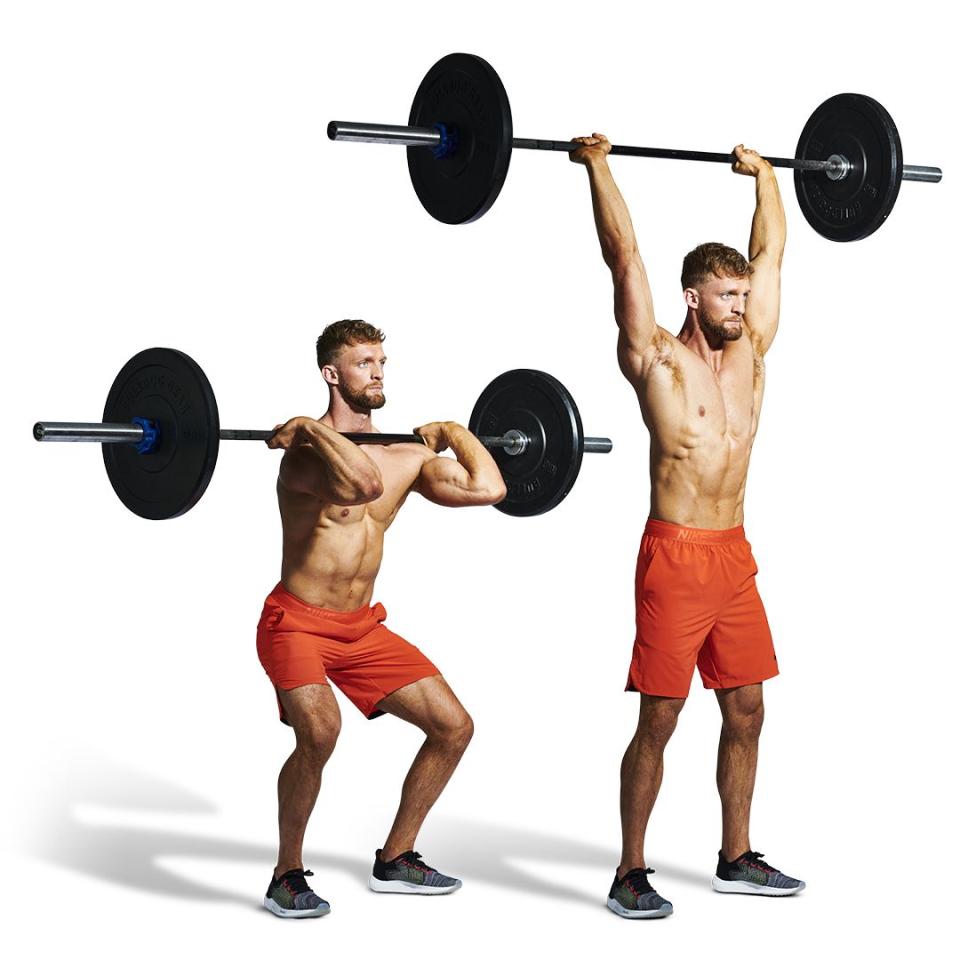Use ‘Forced Negatives’ to Train Beyond Failure for Muscle Growth
Although the debate continues about what matters most for muscle growth – volume or intensity – there's a key point of agreement: how hard you train is crucial. No amount of volume can compensate for reps and sets that lack effort. Research supports the idea that for optimal hypertrophy (muscle growth), most sets should be taken to within 1-3 reps of muscular failure – the point where you can’t perform any more reps.
But is it possible to train beyond failure, ensuring – without a shadow of a doubt – that our lifting intensity pushes us into that growth zone? The answer is yes. There are plenty of ways to achieve 'beyond failure' training, many of which we've covered in the past.
One of the methods most beloved by bodybuilders is ‘forced negatives’. Simple in nature but brutal in execution, this involves taking a set of an exercise to complete technical failure, then using either a partner's assistance or momentum to perform the concentric (lifting) portion of the rep. You then slowly lower the weight under your own control (the eccentric or ‘negative’ portion of the lift). Repeat this for 2-3 more reps until you can no longer control the negative, indicating complete muscular failure.
What Are the Benefits of Forced Negatives?
Multiple scientific studies have attested to the power of the eccentric or negative portion of a rep for muscle growth. More muscle damage occurs during this part of the lift, which is cited as a key factor in hypertrophy. Put simply, we are stronger during the lowering portion of most exercises. By utilising assistance for the concentric part of a rep after reaching failure, but still fully controlling the negative portion, we can perform more work than if we stopped at concentric failure. This leads to more stimulus, progressive overload, and greater gains.
What Are the Downsides of Forced Negatives?
They are incredibly challenging, which is both a benefit and a drawback. While they can elicit the muscle damage necessary for growth, they can also leave you very sore and take longer to recover from than straight sets. Overdoing it might result in being out of the gym longer than necessary, reducing training frequency and ultimately leading to less muscle growth. Therefore, techniques like forced negatives should be used sparingly.
Training beyond failure can also increase the risk of injury, especially if undue momentum is used for the concentric part of the lift, or if your training partner cannot adequately assist you once you hit complete failure. Hence, it's important to use forced negatives carefully and not too frequently.
How Often Should I Perform Forced Negatives?
There is no concrete research on exactly how often you should employ forced negatives in your training, and expert opinions vary. Some coaches argue that training to this intensity is unnecessary and even dangerous, while others advocate using techniques like this on most working sets, albeit with lower volume, completing just 1-2 extremely challenging sets per exercise.
Wherever you stand, if you intend to use forced negatives, they are best saved for the final set of a movement and performed just once. Initially, you might want to use forced negatives on smaller assistance lifts, such as tricep extensions or lateral raises, to assess your body's ability to recover from the stress. You can then graduate to using them on larger compound movements. Always assess your tolerance and use forced negatives sparingly and safely to avoid injury and ensure continued progress.
Best Exercises For Forced Negatives
Lateral Raises

How:
Perform reps until you can no longer lift the dumbbells to parallel with the ground while maintaining good form. At this point, either use momentum from your lower body to propel the dumbbells up or have a partner assist in lifting your arms. Once you reach the top, have your partner release their assistance. Slowly lower the dumbbells under your control over 2-3 seconds. Repeat until you can no longer control the weights on the way down.
Bench Press

How:
Once you hit failure, have your partner help lift the bar from your chest, then let go at the top. Control the bar back down to your chest over 2-3 seconds. Repeat. Be cautious with this exercise. Don't use a weight that is too heavy or push so far that your partner cannot assist you adequately.
RDL into Conventional Deadlift

How:
Once you reach failure in Romanian deadlifts, switch to a conventional deadlift (where you have more leverage over the bar) for the lifting portion. Then straighten your legs and perform the eccentric part of the rep slowly, as an RDL, further taxing the hamstrings. Repeat. Pay close attention to your lower back and avoid pushing too hard. Focus on the hamstrings and avoid over-arching your back.
Strict Press into Push-Press

How:
Once you can no longer press the dumbbells or barbell using only your shoulders, use leg drive to perform a push press or jerk to get the weight back overhead. From there, lower it slowly under control, continuing to fatigue your shoulders. Repeat until you can no longer control the weight on the way down.
More Like This
What Is the Brutal Westside Barbell Style of Training AKA the Conjugate Method?
Use The 'Doublé' Method To Bring Up Lagging Body Parts and Fix Weak Lifts
How to Use The 5/3/1 Powerlifting Method for Massive Lifts and Huge Strength Gains
The Boring but Big Method: The Ultimate Full Body Barbell Workout Plan for Size and Strength
Use The 3:1 HIIT Method To Achieve a True High-Intensity Burn and Build Ferocious Fitness
You Might Also Like


